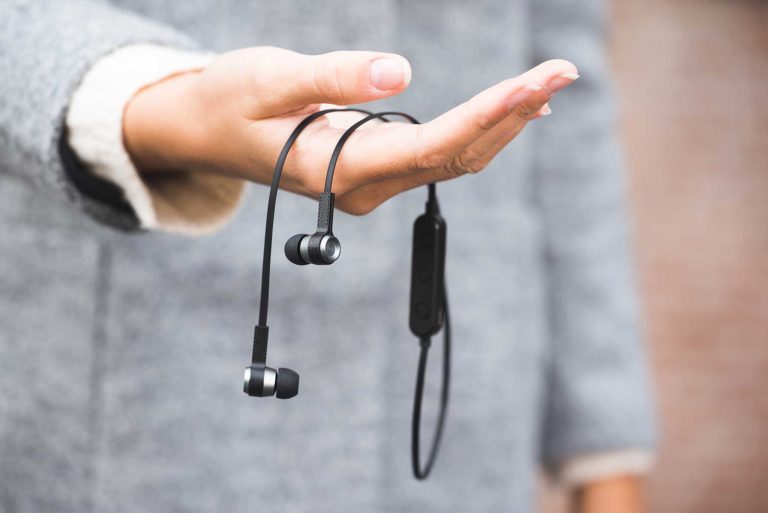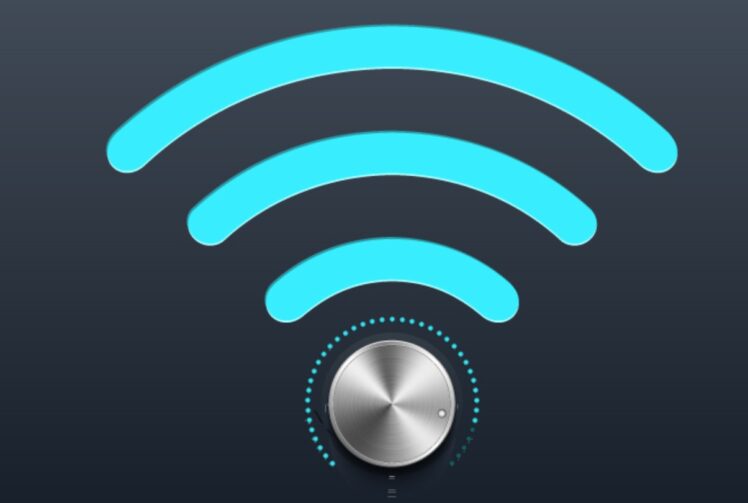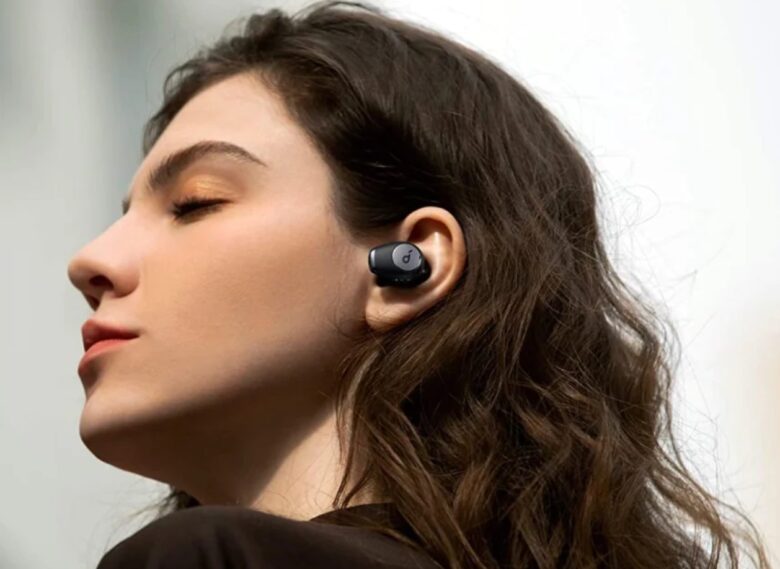Translator earbuds are revolutionizing the way we communicate across language barriers. As our world becomes increasingly globalized, the demand for these devices has surged, making them a staple for travelers, business professionals, and language enthusiasts. This blog post delves into the intricate workings of translator earbuds, unraveling the complex technology that powers them. We’ll explore each component of their functionality, from speech recognition to language processing, providing a comprehensive understanding of this groundbreaking technology.
Contents
What are Translator Earbuds?
Translator earbuds are advanced technological devices designed to translate spoken language in real-time. They serve as a bridge for communication between people who speak different languages, making them especially useful for travelers, international business professionals, and language learners. Unlike traditional earbuds, these devices are equipped with sophisticated software and hardware that enable them to capture, interpret, and translate spoken words almost instantaneously. This capability not only facilitates smoother communication in diverse linguistic settings but also fosters greater cultural understanding and exchange.

Source: yankodesign.com
Speech Recognition Technology
Speech recognition technology is a fundamental component of translator earbuds. These devices such as WT2 Edge are equipped with advanced algorithms that enable them to accurately capture and interpret spoken language. When a user speaks into the earbud, it converts the spoken words into digital text. This process involves complex voice recognition software that can distinguish various languages and accents, ensuring the spoken words are accurately captured. The technology must be sensitive enough to handle different speech patterns and robust enough to filter out background noise, making it a critical element in the translation process.
Language Databases
Language databases in translator earbuds are extensive and sophisticated. They contain a vast array of words, phrases, and linguistic rules from multiple languages. These databases are crucial for the earbuds to understand and translate languages accurately. When the earbuds capture spoken language, they reference these databases to find the equivalent words or phrases in the target language. This process requires not only a comprehensive database but also a fast and efficient retrieval system to ensure seamless and accurate translation. The quality and breadth of these databases directly impact the effectiveness of the translation.
Machine Translation Algorithms
Machine translation algorithms are at the heart of translator earbuds. These algorithms are responsible for converting the captured spoken language from one language to another in real-time. They use complex linguistic models and artificial intelligence to understand the context and semantics of the spoken words, ensuring that the translation is not just word-for-word but also captures the intended meaning. These algorithms are continually learning and adapting, improving their accuracy over time. The sophistication of these algorithms is what allows translator earbuds to provide fluid and natural translations.

Source: trndlabs.com
Microphone and Sensor Technology
Microphones and sensors in translator earbuds play a pivotal role in capturing audio for translation. These components are designed to detect spoken words clearly and accurately, even in noisy environments. The microphones must be sensitive enough to pick up the nuances of speech, while the sensors help in noise cancellation and voice isolation. This technology ensures that the earbuds capture a clean audio signal, which is essential for accurate speech recognition and translation.
Signal Processing
Signal processing in translator earbuds is a critical step in ensuring high-quality audio translation. This involves enhancing the audio signal, reducing background noise, and ensuring that the voice is clear and understandable. Advanced signal processing techniques are used to filter out unwanted noise and focus on the speaker’s voice. This process is vital for accurate speech recognition, as background noise can significantly impact the quality of the translation.
Wireless Connectivity
Wireless connectivity in translator earbuds enables them to communicate with smartphone apps or cloud-based services. This connectivity is essential for accessing language databases and translation algorithms that may be too large or complex to be stored directly on the earbuds. It also allows for updates and improvements to be made to the earbuds’ software, ensuring that they remain up-to-date with the latest language models and translation technologies.

Source: pcmag.com
User Interface and Controls
The user interface and control mechanisms of translator earbuds are designed for ease of use and accessibility. Users can select languages, initiate translations, and adjust settings through intuitive controls, often integrated into a connected smartphone app. This interface is crucial for providing a seamless user experience, allowing individuals to focus on communication rather than the technical aspects of the translation process.
Language Pairings
Translator earbuds offer a variety of language pairings, accommodating a wide range of linguistic combinations. This feature is essential for their versatility, enabling users to communicate in numerous languages. The earbuds are programmed to handle translations between different language pairs efficiently, often supporting common languages as well as less widely spoken ones. This diversity in language pairings makes translator earbuds a powerful tool for global communication.
Limitations and Challenges
Despite their advanced technology, translator earbuds face limitations and challenges. Factors such as translation accuracy, handling of dialects, and real-world usage issues can impact their effectiveness. Translation accuracy can vary depending on the complexity of the language and the context of the conversation. Dialects and regional variations in language can also pose challenges, as they may not be fully accounted for in the language databases. Additionally, real-world usage scenarios, such as noisy environments or rapid speech, can test the limits of these devices.

Source: us.soundcore.com
Future Developments
The future of translator earbud technology is promising, with potential advancements aimed at improving translation accuracy and usability. Researchers and developers are continually working on enhancing speech recognition algorithms, expanding language databases, and refining machine translation models. Future developments may include better handling of dialects, improved noise cancellation, and more intuitive user interfaces. These advancements will further break down language barriers, making global communication even more accessible and seamless.
Translator earbuds represent a significant leap in technology, offering a glimpse into a future where language differences are no longer a barrier to communication. As this technology continues to evolve, it holds the promise of fostering greater understanding and connection in our increasingly interconnected world.
